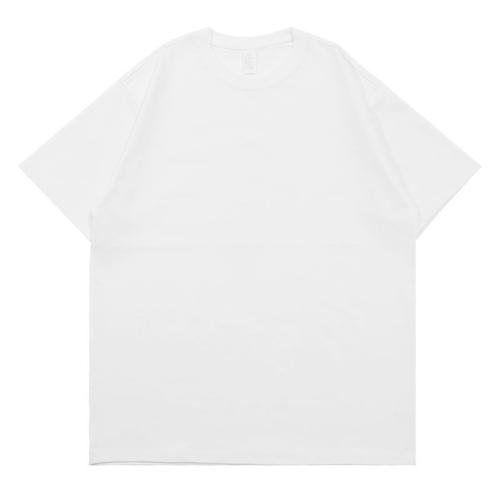Measuring your custom garments is a critical step in ensuring the fit and comfort of your garments. To accurately measure your custom garments, here are some important measuring tips:
1. Use professional measuring tools:
Use a professional measuring tool, such as a tape measure or sewing ruler, to take measurements. Make sure the measuring tool is intact and the scales are clear and readable.
2. Clear markings and records:
Before measuring, make sure the person being measured is wearing suitable clothing and let them stand Stand upright and relax your hands. During the measurement process, use clearly identifiable markers, such as colored pins or sticky labels, to mark each measurement point and accurately record the measurement results.
3. Measure the main size points:
During the measurement process, you need to know some main size points: shoulder width, chest circumference, waist circumference, Hip circumference, sleeve length, pants length, skirt length, etc. Make sure the measurement details are accurate to get the perfect size for the person being measured.
4. Pay attention to the measurement sequence:
During the measurement process, measurements should be taken in a certain order to ensure accuracy. Generally speaking, shoulder width is measured first, then upper body circumference (chest, waist, hips), then sleeve length and pant/skirt length. Remember, accurate order can help avoid errors.
5. Pay attention to the measurement methods of different size points:
Different size points have different measurement methods. For example, shoulder width is the distance from the edge of one shoulder to the edge of the other; bust girth is the widest point around the chest at the level of the highest point of the breast; and waist girth is the narrowest point around the waist where the abdomen naturally curves. When measuring each dimension point, make sure you do it the correct way.
6. Consider the body shape characteristics:
During the custom clothing measurement process, the body shape characteristics of the person being measured should also be considered. For example, for a heavier or thinner client, additional measurements may be needed to accommodate their unique body characteristics, such as a nipped waist or widened shoulders.
7. Leave appropriate slack:
During the measurement process, the comfort and mobility of the garment need to be taken into consideration. Therefore, appropriate slack should be given. For example, in waist and bust measurements, add 1-2 cm to the size to ensure the garment is not too tight.
8. Multiple measurements and verifications:
In order to ensure the accuracy of measurements, it is best to conduct multiple measurements and record them. Check the results of each measurement point before sizing. This reduces errors and improves accuracy.
In summary, accurately measuring the size of customized clothing requires using professional measuring tools, clearly marking and recording them, and measuring in the correct order and method. , consider the body shape characteristics and comfort level of the person being tested, and check the results multiple times. These tips will help designers and tailors provide custom clothing that fits well and is comfortable.







